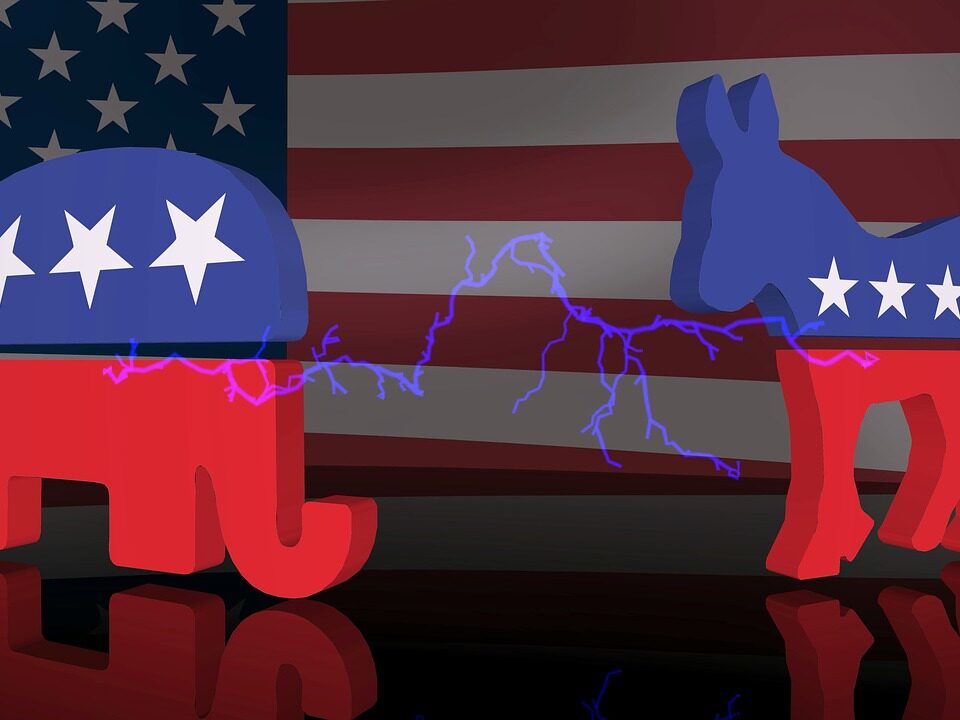
Why Champagne Is Like OPEC
August 25, 2020
What Covid Teaches Us About a College Town
August 27, 2020Because Apple shareholders will receive 3 shares for every one that they own, the Dow Jones Industrial Average will change on August 31, 2020.
First, we’ll do some history, and then we’ll take a look.
The Dow Jones Industrial Average
Charlie Dow and Eddie Jones
In 1882, three friends started Dow Jones & Company. During every business day, six or seven 14 to 16 year-olds continuously delivered Dow Jones news bulletins created by Charlie Dow, Eddie Jones, and Charlie Bergstresser. They had the facts and the gossip.
A typical Dow Jones letter might say:
The First Dow Averages
In 1884, they began to publish average closing prices for a group of representative stocks. Reflecting market trends, the first Dow average was dominated by railroads:
In 1896, the Dow Industrial Average was created:

Dow Jones Industrial Average, S&P Global
The 1916 average reflected the role played by a young auto industry. You can see that it expanded to 20 companies:

Dow Jones Industrial Average, S&P Global
Finally, during the 1920s, the consumer and the Dow 30 arrived with Sears , Woolworth (a 5 & 10 cent store) and more car companies:

Dow Jones Industrial Average, S&P Global
Our Bottom Line: The Newest Dow
This is how the Dow will look next Monday, August 31:
Amgen, Honeywell, and Salesforce will replace Exxon Mobil, Pfizer, and Raytheon (United Technologies). Apple’s four-to-one stock split was one reason for the change. Its lower price would have meant less technology influence over the Dow’s totals.
CNN clearly described the split: “Assuming share prices don’t move dramatically during the several-day split process, if an investor owns two Apple shares at $500 each before the split (a $1,000 total holding), after the split they will own eight Apple shares at $125 each (still a $1,000 total holding).” Based on the math of computing the Dow, at $125 (or so), Apple would contribute less to the Dow’s daily changes than at $500.
To remedy an outcome that would have misrepresented the direction of the U.S. economy, the Dow, as always, made the changes to more tech.
My sources and more: WSJ had the story of the the Dow’s changes while I’ve presented more about the Apple stock split here. But if you would enjoy extra Dow history do go to BusinessInsider and S&P Global.
Our featured image is from Pixabay.
![econlifelogotrademarkedwebsitelogo[1]](/wp-content/uploads/2024/05/econlifelogotrademarkedwebsitelogo1.png#100878)





